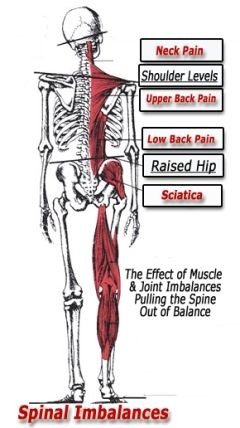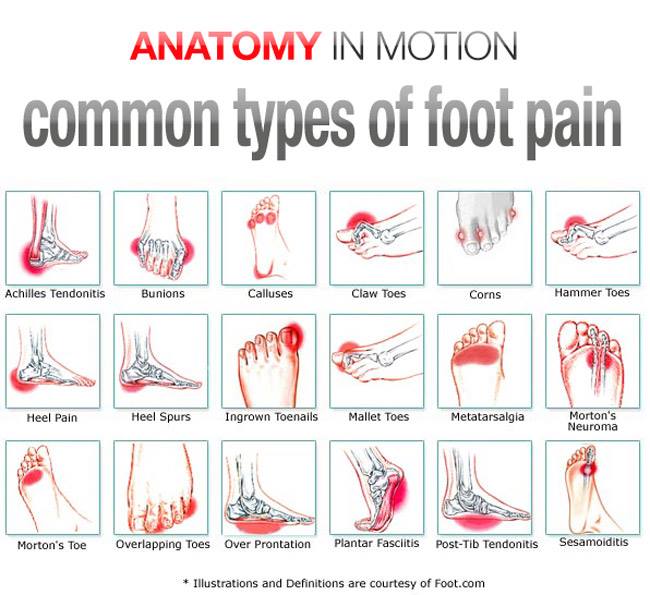yoga for better posture
yoga can be used as therapy for the forward head posture; as you can see (and maybe this is you or someone you know) the dropped head can create strain that radiates throughout the body, not just the torso. We have become a society of rounded shoulders, whether as an emotional bracing mechanism or as a result of driving, sitting at a computer, hunching up against the cold weather…
- Forward head position.
- Rounded shoulders.
- Chronic pain (neck, shoulders, upper, lower and middle back)
- Temporomandibular joint (TMJ) dysfunction.
- Teeth clenching.
- Fatigue.
- Arthritis.
- Pinched nerves
“Forward head posture leads to long term muscle strain, disc herniations, arthritis and pinched nerves”. There is also a kind of dual thing going on in yoga classes (some) where we as teachers, want you to feel like you are “perfect as you are” however, big however, if you take this forward head posture with you into asana, it is NOT beneficial to you. In many ways, a therapeutic application of yoga can undo this posture so that, going forward (not with the head, but in practice!) you can actually benefit from what you are “doing”. I have seen many students change their postural setpoint but it does take patience and persistence, and also, private yoga lessons do wonders.
Check out previous helpful tips come to class, schedule a private





